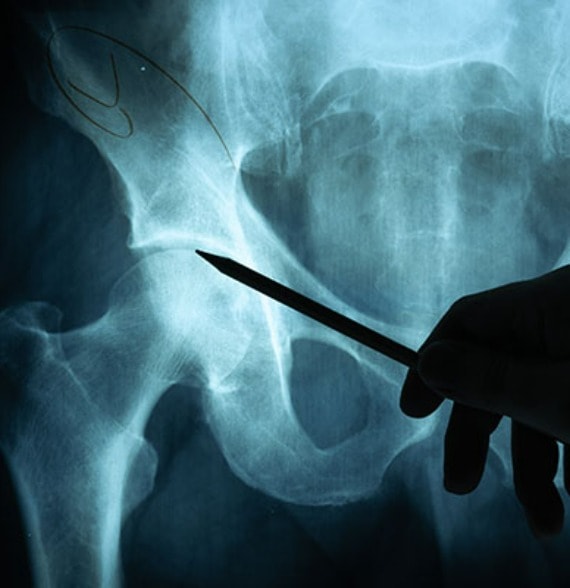Schedule An Appointment Within 24 Hours
Are Your Symptoms Affecting Your Quality Of Life?
Consult our MOH-accredited hip specialist for a comprehensive diagnosis of your condition & a personalised treatment plan.
Dr Poh Seng Yew is Singapore’s first fully fellowship-trained specialist in hip preservation surgery. He founded the Singhealth Joint Hip Preservation Service, which is dedicated to implementing therapeutic measures to treat hip disease by maintaining the integrity of the native hip joint or preventing hip arthritis and the necessity for hip replacement.
Are your hip pain symptoms affecting your quality of life? Consult our MOH-accredited hip specialist for a comprehensive diagnosis of your condition & a personalised treatment plan.
MBBS
MRCSEd
MMED (Ortho)
FRCSEd

Hip conditions represent a significant concern within orthopaedic medicine, often resulting in discomfort, impaired mobility, and a diminished quality of life. This includes the following.
Hip complications and disorders can arise from a myriad of causes, ranging from congenital conditions to acquired diseases and injuries.
The manifestation of hip complications and disorders encompasses a spectrum of symptoms and signs, often indicative of the underlying condition affecting the hip joint or surrounding structures.
Diagnosing hip conditions requires a systematic approach involving clinical evaluation and various diagnostic tools to accurately identify the underlying disorder.
The initial step in diagnosis is a detailed medical history and physical examination. The hip specialist assesses the patient’s symptoms, history of present illness, and medical background, and conducts a physical examination to evaluate the range of motion, joint stability, and the presence of pain or discomfort.
Blood tests may be conducted to identify markers of inflammation, infection, or other conditions that could contribute to hip pain. In certain cases, fluid from the hip joint may be extracted for analysis, known as arthrocentesis, to rule out infection or gout.
Gait analysis and other functional assessments may be utilised to determine the impact of the hip condition on the patient’s mobility and daily activities.
In cases where specific conditions are suspected, such as femoroacetabular impingement or snapping hip syndrome, specialised dynamic tests may be performed.
Initial treatment often involves conservative measures aimed at reducing pain and inflammation while maintaining joint function.
Medication |
Nonsteroidal anti-inflammatory drugs (NSAIDs) are commonly prescribed for pain relief and to reduce inflammation. In certain scenarios, stronger analgesics or antirheumatic medications may be indicated. |
Physical Therapy |
Customised exercises under the guidance of a physiotherapist can strengthen hip muscles, improve flexibility, and increase the range of motion. |
Lifestyle Modifications |
Weight management, activity modification, and the use of assistive devices such as canes or walkers may be recommended to decrease stress on the hip joint. |
Injections |
Corticosteroid injections or hyaluronic acid preparations may provide temporary relief from arthritis-related symptoms. |

If conservative treatments are insufficient, surgical options may be considered, depending on the individual’s condition and overall health.
Schedule An Appointment Within 24 Hours
Consult our MOH-accredited hip specialist for a comprehensive diagnosis of your condition & a personalised treatment plan.
Prevention of hip complications involves strategies designed to mitigate risk factors and maintain hip health, particularly as individuals age or engage in activities that could put stress on the hip joint.

MBBS
MRCSEd
MMED (Ortho)
FRCSEd
With over 20 years of experience, Dr Poh Seng Yew is an orthopaedic surgeon specialising in hip, knee, shoulder and elbow surgery, sports medicine, and trauma surgery.




Weekdays: 9.00am – 5.00pm
Saturdays: 9.00am – 1.00pm
Sundays and Public Holidays: Closed
Your symptoms shouldn’t affect your quality of life or disrupt daily activities. Reach out to our friendly clinic staff today & schedule a consultation.
Yes, hip pain can sometimes indicate serious conditions such as avascular necrosis, hip fractures, or infections. Persistent or severe pain should prompt medical evaluation.
Some minor hip pain from overuse or mild strain may resolve with rest and home care. Persistent or worsening pain warrants medical assessment.
Hip surgery is considered when conservative treatments have failed to relieve symptoms and there is a significant impact on daily life.